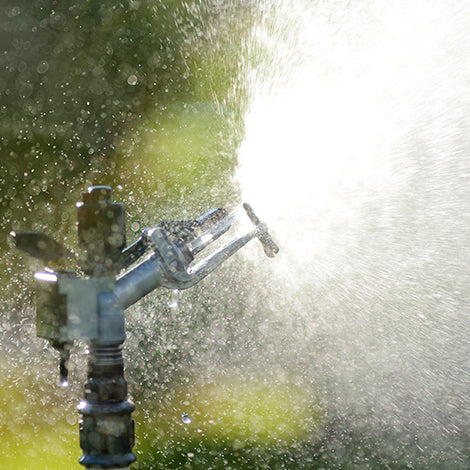Below FAQ are some common concerns of our clients before purchasing.
If you have other questions, please just send it to support@polarvalve.com.
Need Help?
If you have an issue or question that requires immediate assistance, you can click the button below to chat live with a Customer Service representative.
If we aren’t available, drop us an email and we will get back to you within 20-36 hours!
Where is the origin of the Polar Valve?
The Polar Valve was developed in Korea and is 100% Korean-made
What is the operating temperature range of thePolar Valve?
PV - T: 4℉ ~ 32℉, PV - C: 0℉ ~ 32℉
What is the discharge rate depending on thetemperature?
The discharge rate of the POLAR VALVE according to the temperature range is as follows.
(Measured at 65psi, may vary with water pressure)
32°F~23°F: 120ml/min (1.9gal/h)
23°F~14°F: 150ml/min (2.38gal/h)
14°F~5°F: 180ml/min (2.85gal/h)
5°F ~ -4°F: 200ml/min (3.17gal/h)
(Measured at 65psi, may vary with water pressure)
32°F~23°F: 120ml/min (1.9gal/h)
23°F~14°F: 150ml/min (2.38gal/h)
14°F~5°F: 180ml/min (2.85gal/h)
5°F ~ -4°F: 200ml/min (3.17gal/h)
How many feet of piping can it protect?
It depends on the installation environment, but it can protect 35 feet of exposed piping from freezing for 48 hours at -9°F.
Can it still function if the outlet is installed facing upwards?
The POLAR VALVE must be installed in a vertical orientation, with the outlet facing downward in a vertical position.
What is required to install the POLAR VALVE?
To install the POLAR VALVE, securely attach it to a faucet, pipe, or other fixture and fully open the water supply valve. Wrap Teflon tape around the threads to prevent leaks. Ensure the connection to the device is secure and there are no leaks around the threads. The outlet must be positioned downward in a vertical orientation.
Can it be connected to a water hose?
It is recommended to avoid connecting the POLAR VALVE to a hose, as it should be connected to piping or a faucet, with the outlet positioned downward in a vertical orientation.
Does water quality affect its ability to function properly?
Depending on potential water quality issues (such as rust, scale, sand, or other impurities), it may be necessary to regularly check the POLAR VALVE. After removing the valve, inspect the threads for any visible debris. Wipe it with a cloth, blow air through it, and if it's clean, reinstall it. If particles are lodged between the stainless steel rod and the seal, soak the POLAR VALVE in ice water until the stainless steel rod depresses into the seal. Immediately place it on the outdoor faucet and open the valve to allow pressurized water to flush out any remaining particles from the POLAR VALVE.
What is the range of protection provided by the POLAR VALVE?
The POLAR VALVE can only prevent freezing in a single line of piping directly connected to it. Additional installations of POLAR VALVES are required for any branching or other lines.
What is the operating water pressure range for the POLAR VALVE?
It operates without issue in homes built according to the U.S. standard regulation of under 84 psi. The recommended operating pressure is between 58 and 72 psi, and forced shut-off may be necessary at pressures under 79 psi.
Does the faucet need to be turned on fully?
Yes, the POLAR VALVE requires a minimum water pressure of 58 psi to function properly. This allows the POLAR VALVE to open and release water at 32°F/0°C. If the pressure is lower, the water flow may be insufficient, increasing the risk of freezing.

